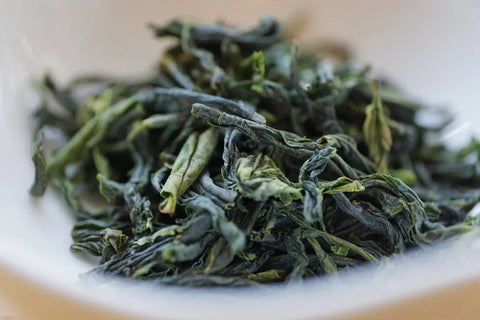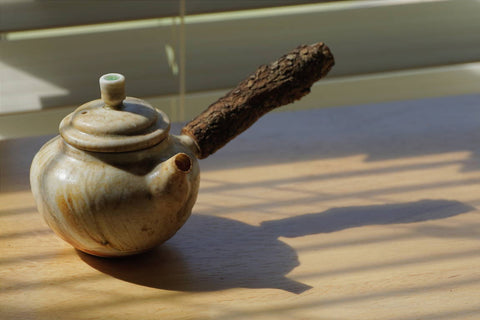
The Tao of Tea: Part One (Philosophy of Preparing Tea)
Preparing tea is like contemplating the perfect circle. What is a perfect circle after all?
To a philosopher like Plato, it is because of the perfect form that things come to be what they are. If there were not but one perfect circle, then what standard would we have to judge whether a circle is a circle and in what way?
While Plato invites us to concentrate on the perfect circle, a Taoist invites us to think about the perfection of the circle.
What is perfection after all? Is it the perfectly round? Not necessarily. In fact, we might even come to find beauty in imperfection, or maybe even beauty in individuality.
Similarly, our approach to preparing tea can be the way of Plato, formal and ritualistic in search of one kind of perfection, or we can go another way, relaxed and contented with the perfection that already exists before us.
To be clear, there’s nothing wrong with either approach. We’re not making a judgment about what you might call the “Platonic way of tea,” but I want to be clear that it’s not the way for me.
I believe you need to find your own way, that we each have our own Tao of Tea or Chadao.
Given that, I want to discuss some different methods for preparing tea so that you can find your own way of being and doing, your own way of tea. The purpose of this series of posts, therefore, is to inspire, suggest alternatives, and help you experiment and evolve in your own tea journey.
Times and Temperatures
There is so much confusion for those new to tea regarding how best to brew their tea. If you walk into a chain tea store (no need to name names), you might hear that it is rigidly, Platonically formulaic: “1 minute for green teas at 175°F, 2 minutes for white teas at 180°F, 3 minutes for oolong or black teas at 195°F, and 5 minutes for herbal teas at 205°F.”
for those new to tea regarding how best to brew their tea. If you walk into a chain tea store (no need to name names), you might hear that it is rigidly, Platonically formulaic: “1 minute for green teas at 175°F, 2 minutes for white teas at 180°F, 3 minutes for oolong or black teas at 195°F, and 5 minutes for herbal teas at 205°F.”
At 175°F for green tea, you would likely be missing out on some of the best flavors that Liu An Gua Pian or En Shi Jade Dew have to offer!
To me, such a rigid formula is absurdly wrong on so many levels. Still, it’s an improvement over the far worse, “Give me a cup of boiling water and let me leave my teabag in it,” often disguising the offending result with lots of milk and sugar.
Just because there’s no singly perfect, it doesn’t follow that anything goes.
Instead, look at preparing tea like an art rather than a science.
It is true that there are many effective ways to brew your tea and there are many temperatures and times that you can use, but there are also some you just shouldn’t use.
For example, in general, it’s a bad idea to brew a Japanese green tea at 212°F for 5 minutes.
So what determines rightness or wrongness in preparing tea?

The answer is that we’re looking for what can bring out the most interesting and desirable flavors in our tea.
To begin, try to rid yourself of the Platonic way of tea and abolish everything you think you know about types of tea needing to be prepared at specific temperatures for specific amounts of time. Instead, open yourself up to the world of experimentation.
It’s not a law of nature, but it is a helpful guideline (there are always exceptions):
higher temperatures tend to bring out more complex and interesting flavors…
regardless of tea type
I have brewed a good quality Dragonwell green tea at 205°F as well as at 170°F. The difference was in the time, and the flavors were desirable but different in both cases.
Finding one’s way of tea begins with this kind of playfulness.
In the next post, we’ll discuss some of the important brewing variables that one needs to take into consideration in order to get the most out of their tea!


JamesDek on
It really surprises.